The Workshop on Late Antiquity and Byzantium, in collaboration with the Early Christian Studies Workshop, is pleased to announce our last meeting of Spring 2017:
Please come by if you’re free this afternoon—we look forward to seeing you there!

The Workshop on Late Antiquity and Byzantium, in collaboration with the Early Christian Studies Workshop, is pleased to announce our last meeting of Spring 2017:
Please come by if you’re free this afternoon—we look forward to seeing you there!
The Workshop on Late Antiquity and Byzantium, in collaboration with the Medieval Studies Workshop, is pleased to announce our next meeting:

Isidore of Seville, writing “On the Nature of Man.” From the Aberdeen Bestiary (Aberdeen University Library MS 24), f. 81r: http://www.abdn.ac.uk/bestiary/ms24/f81r
Acolytes, an early ecclesiastical order, are mentioned in both Isidore of Seville’s De Ecclesiasticis Officiis as well as his possibly spurious Letter to Bishop Leudefredus of Cordoba. Through new philological, linguistic, and historical approaches to these treatises, this paper aims to prove the authenticity of the DEO’s chapter on acolytes, as well as that of Isidore’s letter to Leudefredus.
We look forward to seeing you there!
The Workshop on Late Antiquity and Byzantium is pleased to announce our next meeting:
This presentation investigates the role of Byzantine silver coinage (the miliaresion) during the seventh and eighth centuries and how the practice of overstriking lends insight into the cultural and monetary exchanges between the Byzantine and Islamic worlds.
We look forward to seeing you there!
The Workshop on Late Antiquity and Byzantium is pleased to announce our next meeting:
The historic norm has been that government has the authority and right to collect taxes, but when the burden of taxation is on certain segments of a society, a resistance is inevitable. This talk will revisit the narratives about the complex issues of taxation and religion in Sasanian Iran and Persarmenia. In the fourth century, the Syriac-speaking Christians of the Empire were subject to double taxation. A century later, a new census increased taxation on Persarmenia. Through the Armenian and Syriac Martyrdom of Simeon bar Ṣabba’e and his History and Ełishe’s History of Vardan and the Armenian War, this paper will offer one possible method for understanding how Armenian and Syriac narratives constructed the Sasanian imperial policies.
We look forward to seeing you there!
The Workshop on Late Antiquity and Byzantium is pleased to announce our first meeting of Spring 2017:
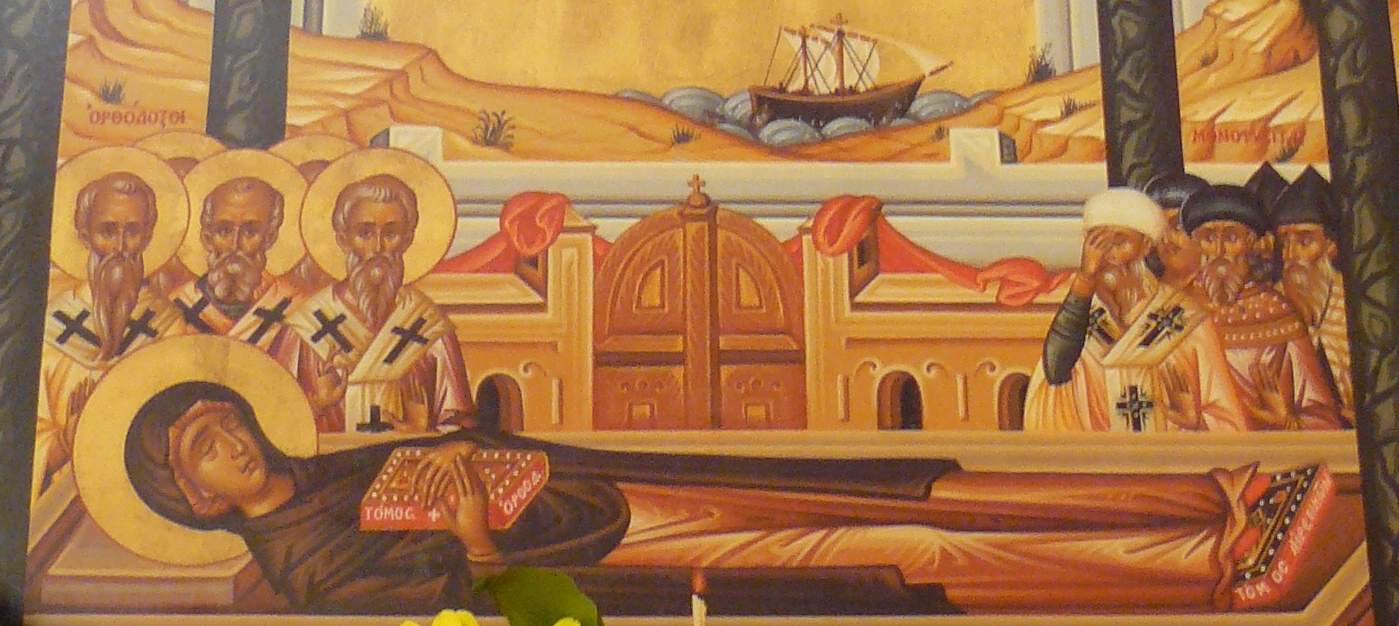
Part of the early struggles of the patriarchs of Constantinople had in establishing their authority in the city was that there was not much Christian tradition for them to claim a part of. Through the translation of relics, patriarchs were able to cultivate a Christian identity that defined itself by a specific doctrine in Constantinople. Relics allowed patriarchs to bring the Christian past into the present in the imperial city and claim continuity with martyrs.
We look forward to seeing you there!
The Workshop on Late Antiquity and Byzantium is pleased to announce our last meeting of Winter 2017:

High-ranking soldiers called protectores Augusti can be traced from the mid-3rd to the late 6th century in inscriptions, papyri, law codes, and literary sources. Their historic importance cannot be understated: several emperors were former protectores (e.g. Constantius I, Jovian, Valens), and the historian Ammianus Marcellinus also served in this corps. A strictly military analysis allows an overview of the various important roles of protectores in the Late Roman army as staff officers and imperial bodyguards, but fails to take into account Roman perceptions of this title. In this paper, it will be argued that protectores, by virtue of their proximity with the emperor, were considered as holders of a dignitas, precisely situated in a social and symbolic hierarchy. Traces of what distinguished them as members of the Late Roman social elite (wealth, cultural practices, participation in politics) will also be investigated.
We look forward to seeing you there!
The Workshop on Late Antiquity and Byzantium is pleased to announce our next meeting:
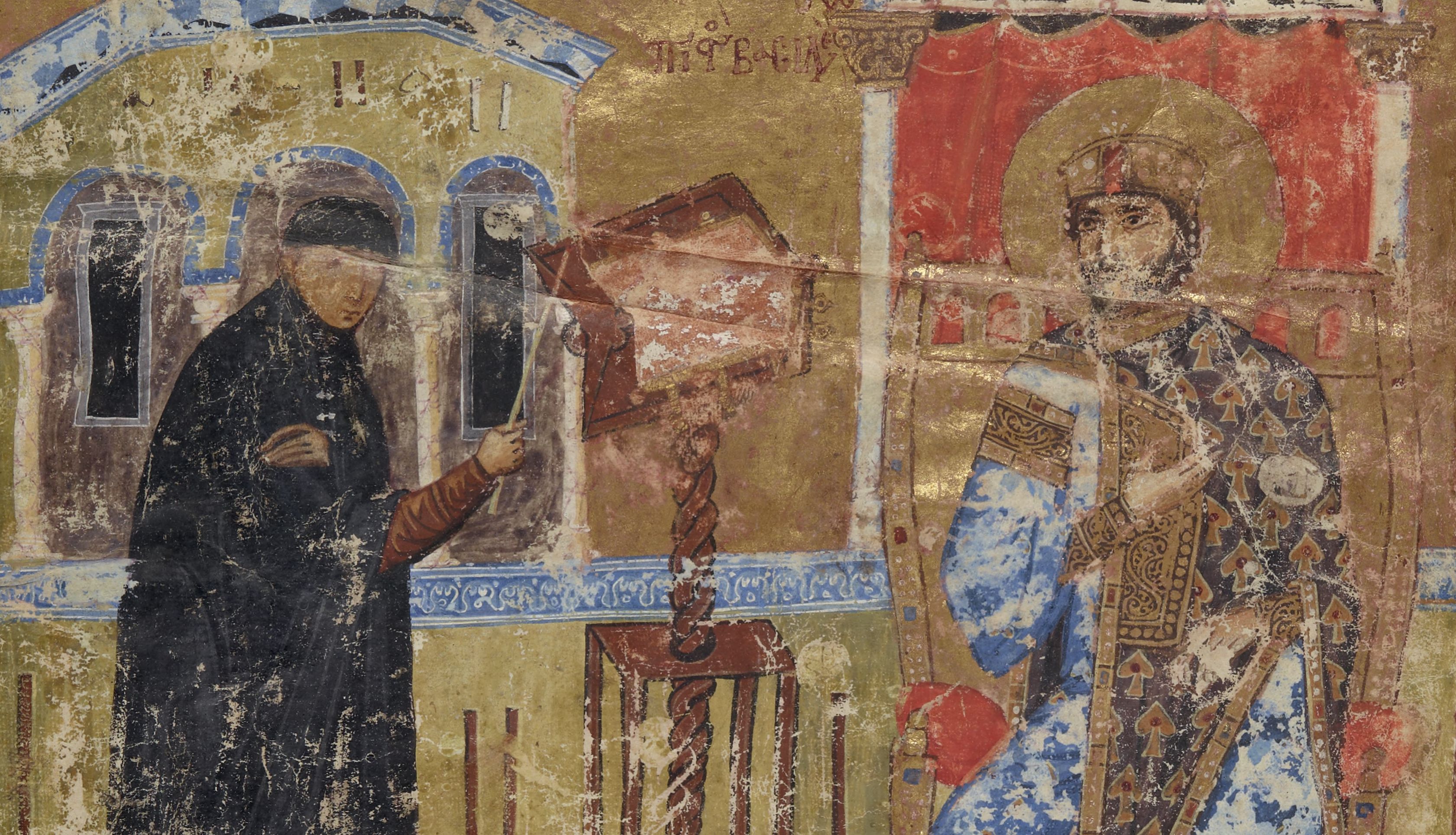
For more than a thousand years, eunuchs constituted a small but highly visible population at the heart the Byzantine courtly elite. Yet in a society like Byzantium, which viewed itself as a divinely-appointed synthesis of the glory of antiquity and Christ’s kingdom on Earth, what can we really say about social perceptions and roles without an equally thorough consideration of their religious contexts? Throughout the Middle Byzantine period, eunuchs continued to seek active participation in the fullness of Christian life; this participation, however, differs from that of both men and women, in significant, thoughtful, and at times apparently deliberate ways. These eunuch-specific practices, along with the social contexts that allowed them to take shape, offer valuable insight (and a tantalizing glimpse) into devotional practices on the medieval margins—practices that have, until now, been generally ignored.
We look forward to seeing you there!
The Workshop on Late Antiquity and Byzantium is pleased to announce our next meeting:
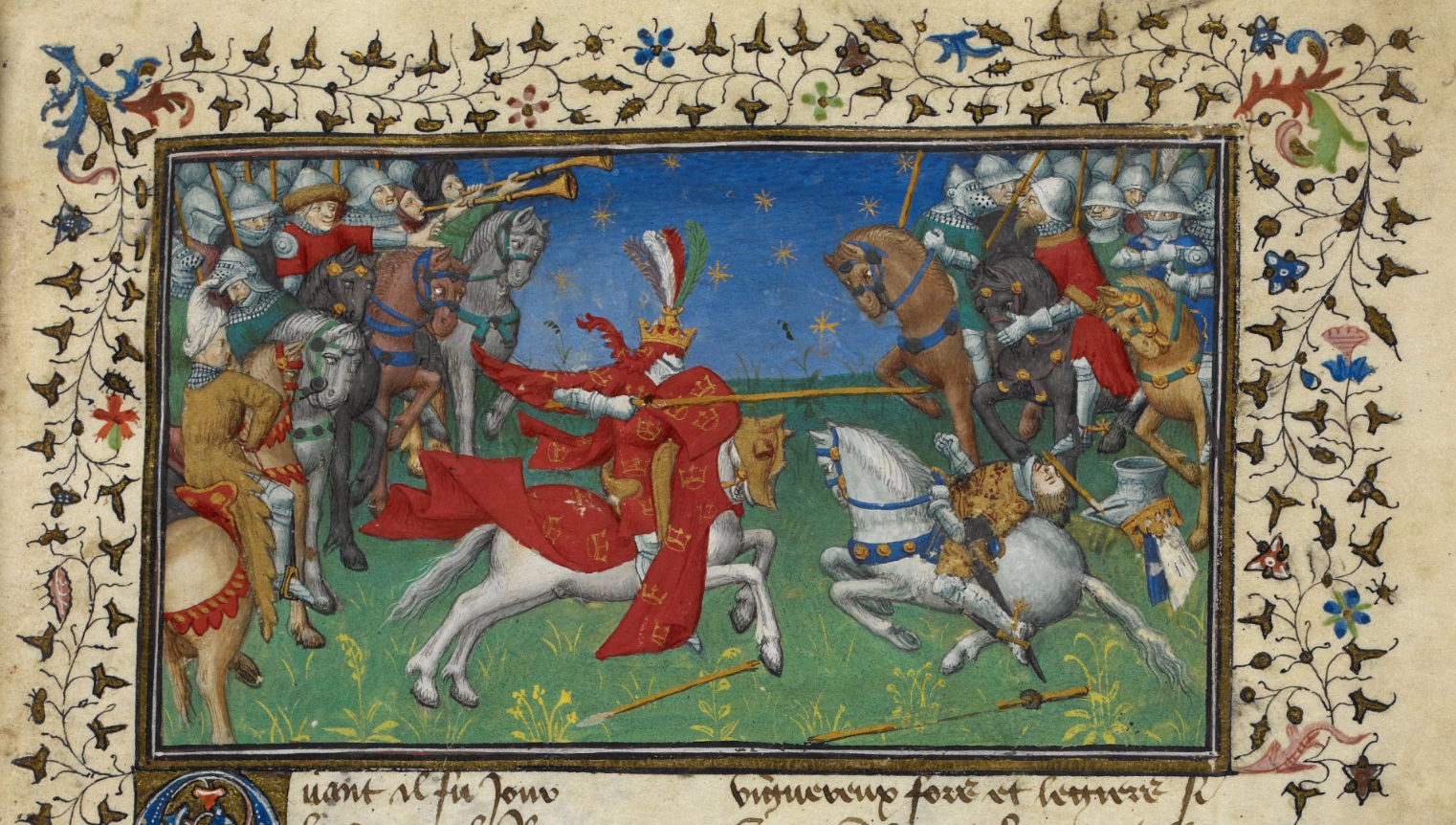
Soon after its first appearance in the late 12th century, the Alexandreis of Walter of Châtillon—a medieval Latin epic poem on the life and deeds of Alexander the Great—enjoyed great popularity as a school text. In surviving manuscripts, the poem’s accompanying commentary is often supplemented, revised, or otherwise altered by individual scribes; yet the bulk of this commentary remains essentially derived from that of Geoffrey of Vitry. Geoffrey’s commentary includes linguistic curiosities, poetic techniques, and other essential background information for students of the Alexandreis. Establishing the contents of Geoffrey’s commentary has not been easy: the present edition is based on four core manuscripts containing consistent, thorough, and ample commentary, out of a total 48 commented copies of the Alexandreis. What can this edition of Geoffrey’s commentary reveal about his educational approach—about his background, resources, and didactic goals?
Please note the unusual day and location—we look forward to seeing you there!
The Workshop on Late Antiquity and Byzantium is pleased to announce our next meeting:
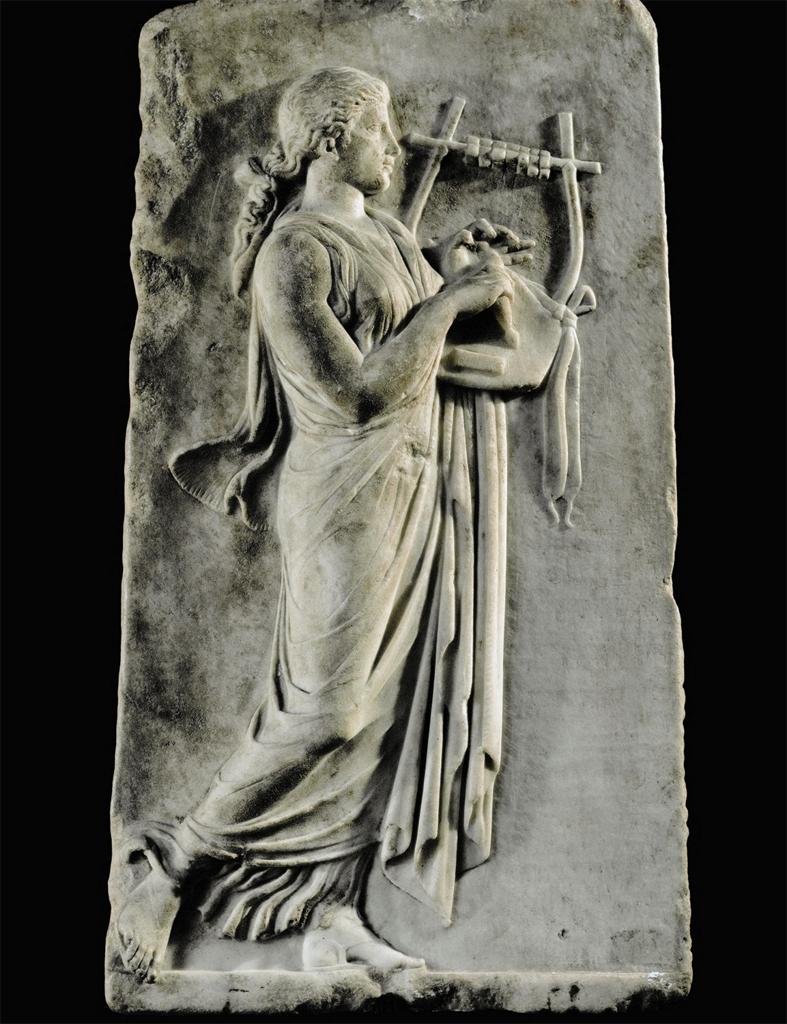
Synesius of Cyrene, a politician, philosopher, and bishop active at the end of the fourth century, is an important witness for late antique hymns, especially those written within the Platonic tradition. This paper puts Synesius into conversation with the Corpus Hermeticum, Proclus, and other ancient hymnists, arguing that doing so allows us to more clearly see the function of these hymns; namely, purifying the hymnist and helping him realize the proper activity of human beings, returning images (eikones) of God to God in the form of praise. These images are arrived at through scientific investigations of the world and the nous, and such investigations are a necessary component of these hymns. In other words, human nature is to study nature, resulting in the spontaneous collection and recitation of that knowledge to the One who created nature.
We look forward to seeing you there!
The Workshop on Late Antiquity and Byzantium is pleased to announce our first meeting of Winter Quarter 2017:
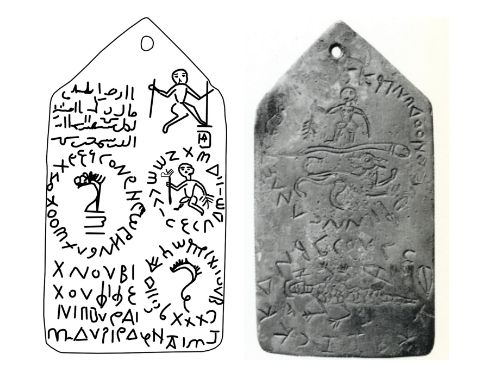
A copper plaque purchased in Egypt, probably near Luxor, was donated in the 1840s to the Bibliothèque Nationale in Paris and eventually made its way into the Egyptian collection of the Louvre. This paper will argue that this unique piece is a “pattern-book” originally designed to be hung on the wall of a studio in order to remind an artisan how to make amulets for eye-disease, stomachache and other problems by carving or drawing the six designs and the texts that accompany them. Its designs date back to the Roman period and were altered at some point probably by a Christian or an artisan with Christian clientele, who suppressed and Christianized some of the more troubling pagan details (e.g. animal-headed gods). The version in the Louvre is even later: the Arabic inscription in the top left corner of the obverse tells us that the date of its manufacture was probably in the 8th or 9th century CE.
We look forward to seeing you there!